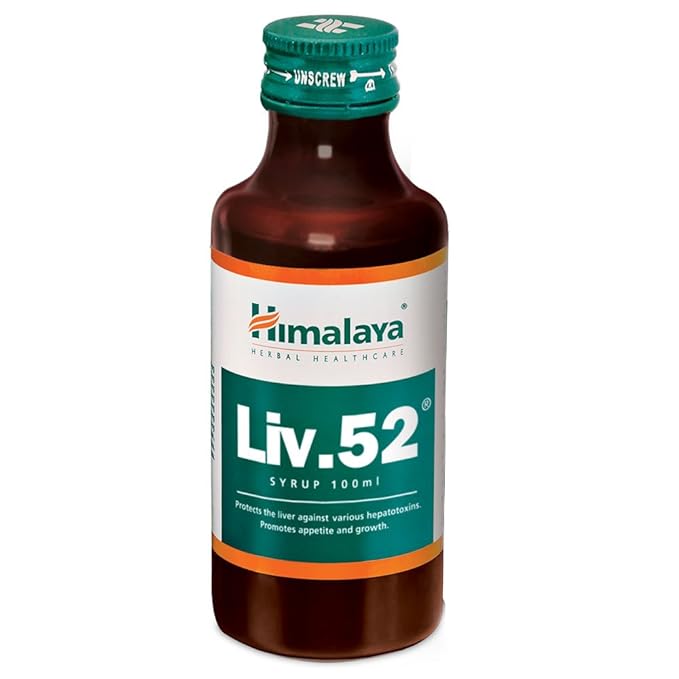Description
PRODUCT INTRODUCTION
Walamycin Suspension may be taken with or without food. The dose depends on what type of infection you have, where it is in the body, and how serious it is. You should take it regularly at evenly spaced intervals as per the schedule prescribed by your doctor. Taking it at the same time every day will help you to remember to take it. Do not stop taking it until you have finished the full course, even if you feel better. If you stop taking it early, the infection may worsen or come back.
Some people may develop side effects like nausea, vomiting, and diarrhea. Occasionally, kidney damage has been seen in some people. These side effects are usually temporary and go away during treatment as your body adjusts to the medicine. Consult your doctor if these side effects bother you or will not go away.
Before starting treatment with this medicine, you should tell your doctor if you are allergic to any antibiotic or have any liver or kidney problems. Pregnant or breastfeeding mothers should consult their doctor before using it. Your doctor may get regular blood tests done to monitor kidney function and the level of the medicine in your blood.
USES OF WALAMYCIN ORAL SUSPENSION
- Treatment of Severe bacterial infections
BENEFITS OF WALAMYCIN ORAL SUSPENSION
In Treatment of Severe bacterial infections
SIDE EFFECTS OF WALAMYCIN ORAL SUSPENSION
Common side effects of Walamycin
- Nausea
- Diarrhea
- Vomiting
- Kidney damage
HOW TO USE WALAMYCIN ORAL SUSPENSION
HOW WALAMYCIN ORAL SUSPENSION WORKS
SAFETY ADVICE

Alcohol

Pregnancy

Breast feeding

Driving

Kidney

Liver





Reviews
There are no reviews yet.